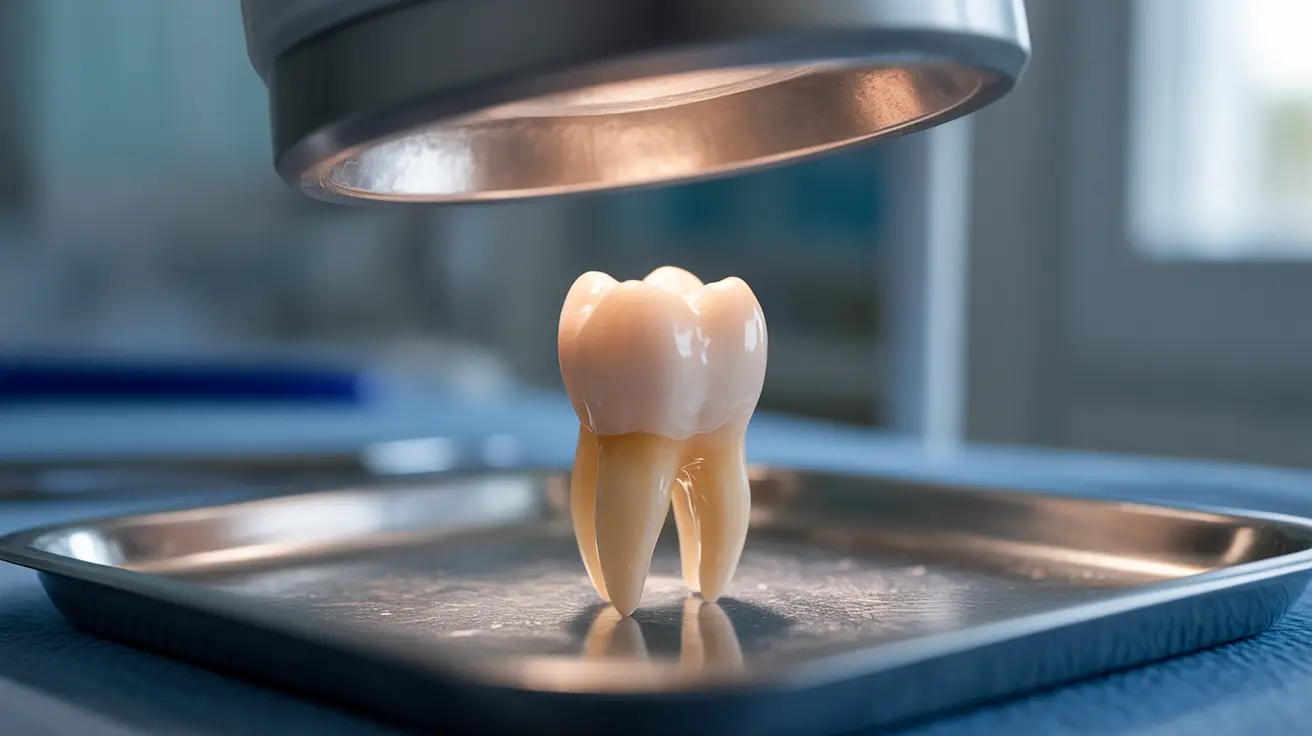When dental issues arise, temporary tooth fillings serve as an important intermediate solution before permanent treatment can be completed. These short-term dental restorations help protect damaged teeth, maintain comfort, and prevent further complications while waiting for permanent dental work.
Whether you're dealing with a cracked tooth, a lost filling, or are in between dental procedures, understanding temporary tooth fillings is crucial for maintaining your oral health during the transition period.
What Is a Temporary Tooth Filling?
A temporary tooth filling is a short-term dental restoration used to protect a damaged tooth until a permanent solution can be implemented. These fillings are typically placed during emergency dental visits or as part of a multi-step dental procedure, such as a root canal treatment.
Unlike permanent fillings, temporary versions are designed to last for a limited time while providing essential protection and relief from discomfort.
Common Situations Requiring Temporary Fillings
Dentists may recommend temporary tooth fillings in several scenarios:
- Emergency dental situations
- Between root canal treatment appointments
- Protection of sensitive teeth awaiting crown placement
- Temporary repair of lost or damaged permanent fillings
- During complex dental procedures requiring multiple visits
Materials Used in Temporary Fillings
The materials used for temporary tooth fillings differ significantly from those used in permanent restorations. Common temporary filling materials include:
- Zinc oxide eugenol
- Glass ionomer cement
- Intermediate restorative material (IRM)
- Temporary dental cement
These materials are specifically chosen for their ease of placement and removal, while still providing adequate protection for the affected tooth.
Duration and Limitations
Temporary tooth fillings are designed to last anywhere from a few days to a few weeks, depending on the specific situation and material used. It's crucial to understand that these fillings are not meant to be a long-term solution and should be replaced with permanent restorations as soon as possible.
Proper Care and Maintenance
To ensure your temporary filling remains effective until your permanent restoration, follow these essential care guidelines:
- Avoid chewing directly on the filled tooth
- Brush gently around the filling area
- Avoid extremely hot or cold foods and beverages
- Stay away from sticky or hard foods
- Maintain regular oral hygiene practices
Warning Signs of Filling Failure
Being aware of potential problems with your temporary filling is crucial. Watch for these signs that may indicate an issue:
- Increased tooth sensitivity
- Pain or discomfort
- Loose or missing filling material
- Changes in bite alignment
- Rough edges or surfaces
Frequently Asked Questions
What is a temporary tooth filling and why is it used instead of a permanent filling? A temporary tooth filling is a short-term dental restoration used to protect a damaged tooth until permanent treatment can be completed. It's typically used in emergency situations, during multi-step procedures, or when immediate permanent treatment isn't possible.
How long does a temporary tooth filling typically last before it needs to be replaced? Temporary fillings usually last between a few days to a few weeks. The exact duration depends on the material used and the location of the filling. They should be replaced with a permanent solution as soon as possible, typically within 2-4 weeks.
What materials are used for temporary tooth fillings and how do they differ from permanent fillings? Temporary fillings typically use materials like zinc oxide eugenol, glass ionomer cement, or intermediate restorative materials. These differ from permanent fillings in that they're softer, less durable, and designed for easy removal, unlike the composite resin or amalgam used in permanent fillings.
How should I care for a temporary tooth filling to prevent it from falling out or getting damaged? To protect your temporary filling, avoid chewing on that side of your mouth, stay away from hard or sticky foods, brush gently around the area, and maintain good oral hygiene. Avoid extreme temperature foods and beverages that might cause sensitivity.
What are the signs that my temporary tooth filling is failing or needs urgent dental attention? Signs of a failing temporary filling include increased sensitivity, pain or discomfort, loose or missing filling material, changes in your bite, or rough edges. If you experience any of these symptoms, contact your dentist promptly.




